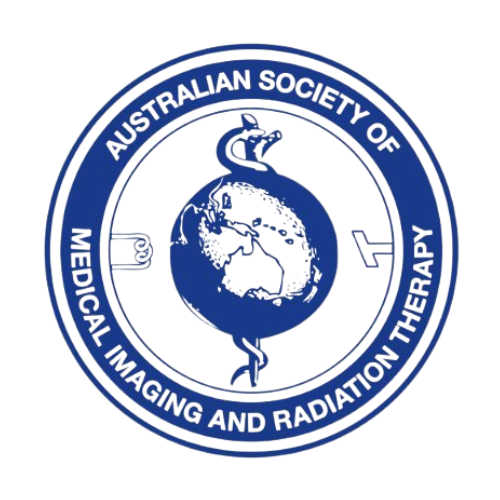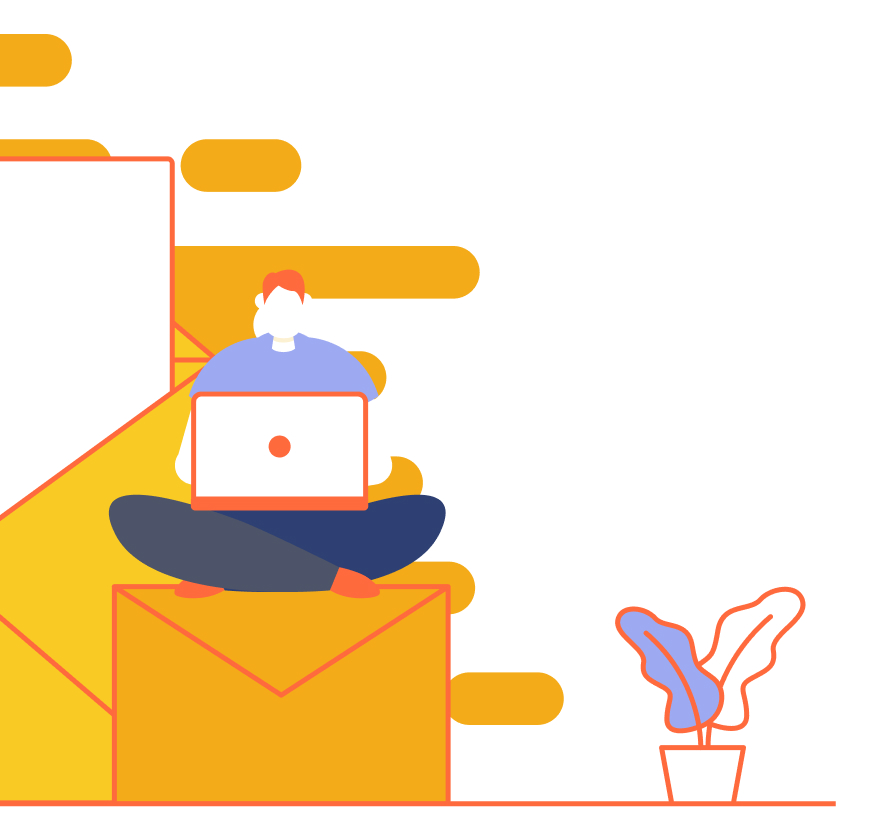Imagine using high-tech machines to save the lives of your favourite animals. Well, that’s exactly what an animal-focused career in vet radiography involves!
Animals need medical imaging for the same reasons we do: to see what is going on inside their bodies without causing pain. Using X-rays, CT scans or MRI scans, radiographers help vets find broken bones, tumours or illnesses quickly and safely. This makes it much easier to diagnose problems and help pets (and wildlife) get the right treatment faster.
This hands-on animal career allows radiographers to look after furry friends and use advanced technology for a great cause. If you love animals and enjoy science, a vet radiography job might be your perfect fit!
What is Radiography?
In a nutshell, radiographers use high-tech imaging technology to identify medical conditions that aren’t visible from the outside. Whether they’re using X-rays, CT scanners, MRI scanners or some other piece of life-saving equipment, radiographers work hard to deliver important care and ensure sick patients get the right diagnosis.
Most people think radiographers only work with humans, but they actually help animals too! When radiographers study medical imaging at university, they gain hands-on experience with a variety of different equipment. They can then explore all the career options that radiography has to offer, including vet radiography and the imaging of animals!
Looking for more clarity? Take a deep dive into the radiography industry with ASMIRT!

Dive Into a Day in the Life of a Vet Radiographer
Being a veterinary radiographer is like being part medical detective and part animal whisperer. It’s a super unique and rewarding career path. In fact, many people aren’t even aware that this exciting animal career exists!
In this behind-the-scenes look, we follow the career journey of Nick, a passionate vet radiographer, covering everything from studying medical imaging to helping animals get the care they need!
How Did You Become a Veterinary Radiographer?
“After studying medical imaging at university, I wanted a job that would help me grow; somewhere a bit different from the usual. That’s when I got the chance to work at Murdoch University, Western Australia, doing radiography for their vet hospital. It was exciting to use what I’d learned in a totally new way, working with animals instead of people.
“When I say this was one of the hardest things I’ve ever had to learn, I’m not kidding! There’s no special course that magically turns a human radiographer into a vet radiographer. I basically had to figure it out as I went, but luckily, I had tons of helpful resources and got to learn a lot while actually doing the job.”
 What Are Some of the Challenges to Being a Vet Radiographer?
What Are Some of the Challenges to Being a Vet Radiographer?
“Working in a vet clinic means you have to learn a whole new set of anatomy. I also had to figure out the best ways to position animals for their scans, which isn’t always easy, especially when they’re sedated or won’t cooperate. All of this makes the imaging process way more complicated than you might think.
“The X-ray machines used for animals are exactly the same as the ones in human hospitals, but that is where the similarities end. Picture this: your “patient” can’t talk to you or even understand what you’re saying. They have no idea how to follow your instructions, so you have to move them into the right position yourself. On top of that, they’re super stressed out and totally freaked by the X-ray machine. Oh, and imagine the patient also weighs about 600kg (think: the size of a small car), and if they get scared and kick out, you could easily end up with a broken bone, or worse. That’s essentially how I felt the first time I had to X-ray a horse.
“Luckily, there are a bunch of tools that help make these animal tests safer, like using special medicines to calm the animals down, different types of restraints, and, most importantly, having expert handlers around (seriously, these people are lifesavers). Every animal has its own unique behaviour and body shape, so what works for one species might not work for another. I had to keep switching up my approach, which really put my problem-solving skills to the test!
“I’ve learned to really pay attention to non-verbal cues, and it’s made me way more empathetic about what animals go through when they’re scared or in pain. You can’t really blame them for lashing out when they’re just trying to protect themselves or deal with something scary and painful.”

What Have You Learned as a Vet Radiographer?
“Working with animals who can’t tell you what’s wrong is tough; you have to be super observant and really tuned into their behaviour. I’ve learned to pay attention to the little things they do and change how I help them based on what I notice. This has actually made me better at understanding people too, especially when they’re having a hard time explaining how they feel. Taking care of animals taught me to be patient and understanding, and how I can give the same kind of caring, thoughtful attention to people, making sure I look out for both their physical and emotional needs.
“I really feel like I made a difference when I worked as a vet radiographer. Basically, I used everything I’d learned about taking medical images of people and applied it to animals, so we could get super clear pictures and help them to get the best treatment possible. Taking X-rays or scans of animals isn’t easy; you have to push the capabilities of the equipment. Figuring out how to use a CT or MRI scanner for a tiny rabbit one day and a huge camel the next takes a lot of skill and problem-solving. It definitely keeps things interesting!
“I’d also say that caring for animals at their most vulnerable has made me a better human being.”
Next Steps to Build Your Career in Vet Radiography
If you’re passionate about animals and love science and technology, vet radiography could be the perfect path to combine those interests into a truly rewarding animal career. Whether you’re scanning a tiny bunny or a full-grown horse, every day brings something new and meaningful.
The best part? You don’t need to have it all figured out right now. Start by exploring medical imaging courses, gaining hands-on experience, and staying curious about all the unique ways you can use those skills. There’s no one-size-fits-all route, but with the right attitude (and maybe a love of furry patients), you could be well on your way to a career that saves lives, without needing words.
So, if working in a vet hospital, helping animals, and using cutting-edge imaging gear sounds like your dream gig, find out how to launch a radiography career with ASMIRT today! You never know where it might take you; maybe even to a CT scan room with a camel.


